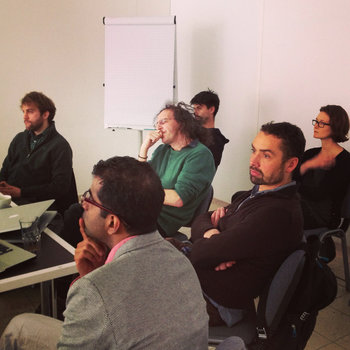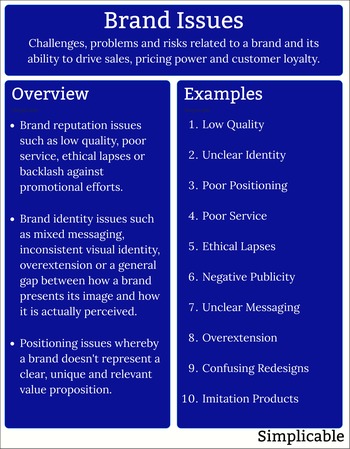
Stakeholder Identification
Identifying anyone impacted by the project in a well communicated manner such that nobody can come along and derail the project in the middle with the claim they weren't properly informed or consulted.Stakeholder Analysis
Develop a RACI matrix that identifies who is responsible, accountable, consulted, informed for project activities, tasks and deliverables.Communications
Publish a communication plan that sets expectations about how project information will be shared. Communications may be tailored to the needs of stakeholders. For example, weekly status reports to executives based on a visual RAG status.Project Leadership
Influencing and motivating teams to achieve project objectives and overcome political obstacles such as resistance to change.Project Branding
Selling a project using well established branding techniques used to market products and services.Managing Expectations
A core theme of stakeholder management is managing expectations such that stakeholders don't imagine the project is something that it is not. The primary tool of expectation management is the documentation of assumptions and constraints including explicit statements of things that are out of scope. Over-communicating this information is often preferable to under-communicating.Risk Management
An open and well communicated risk management process that identifies and treats risk. Where risks are taken, they are explicitly accepted by accountable stakeholders.Project Control
Control the project and hold stakeholders to their accountability and responsibility. For example, if a decision making process is delayed, escalate and communicate the delay immediately.Stakeholder Salience
Resolving competing stakeholder demands by looking at their authority and role in the organization and project. This prevents a particularly vocal stakeholder from misdirecting the project while executives with more authority aren't engaged.Change Management
Expecting resistance to change in both active and passive forms and using change management techniques to counter such opposition.Issue Management
Managing the process of identifying and resolving issues. Often involves facilitating conversations between stakeholders.| Overview: Stakeholder Management | ||
Type | ||
Definition | The process of engaging stakeholders in a project in a controlled manner to manage expectations, risks and issues and achieve project objectives. | |
Related Concepts | ||


































